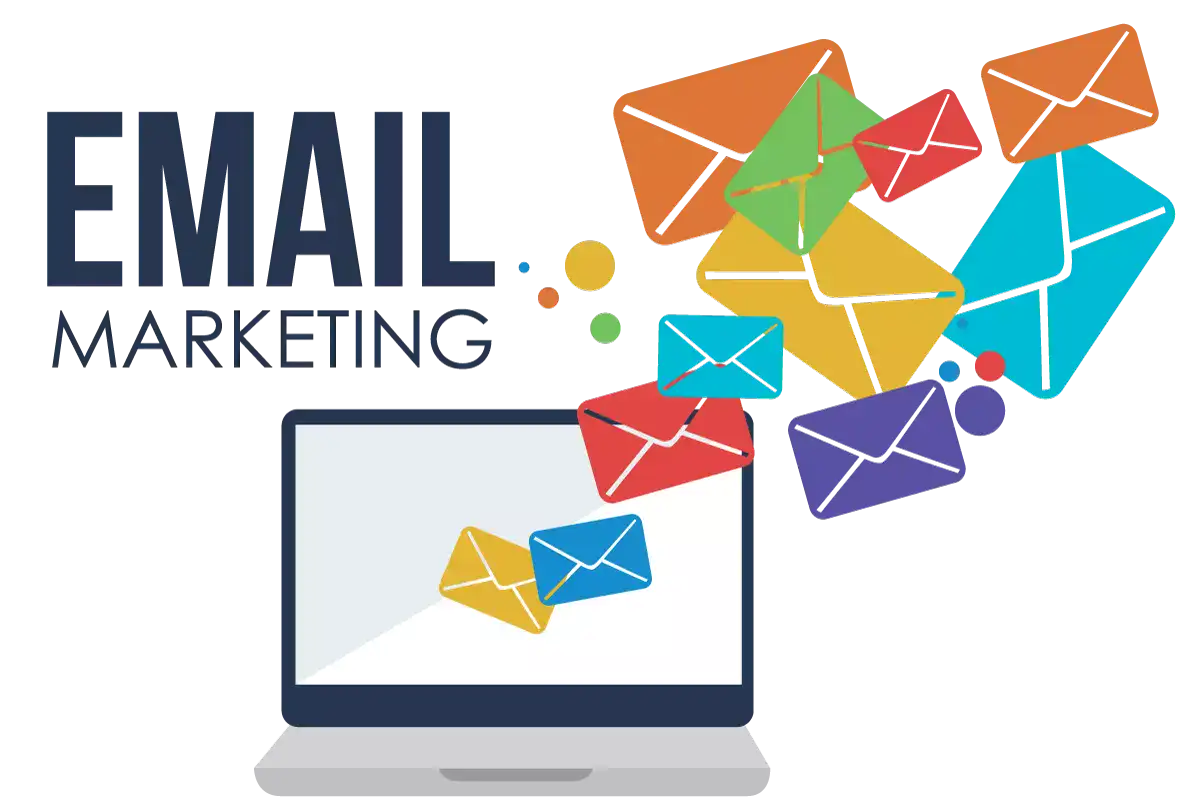What is A/B Testing?
A/B testing, also known as split testing, involves creating two or more variations of an email and sending them to different segments of your audience. By comparing the performance of these variations, you can determine which version resonates best with your recipients. This data-driven approach helps in making informed decisions to enhance engagement and conversion rates.
Why A/B Testing is Essential for Bulk Email Campaigns
- Improves Open Rates: Testing different subject lines can reveal which ones grab attention more effectively. A compelling subject line can significantly impact your open rates.
- Enhances Click-Through Rates (CTR): By experimenting with various call-to-action (CTA) buttons or links, you can find out which designs or placements drive more clicks.
- Boosts Conversion Rates: A/B testing helps in optimizing email content, such as personalized offers or promotions, leading to higher conversion rates.
- Reduces Unsubscribes: Understanding what content resonates with your audience can help in reducing unsubscribe rates, as your emails become more relevant to your subscribers.
How to Conduct Effective A/B Testing for Emails
1. Define Your Goals
Before diving into A/B testing, it’s essential to have clear goals. Are you aiming to increase open rates, improve CTR, or boost conversions? Defining your objectives will help you determine what elements to test and measure.
2. Identify Key Elements to Test
There are several components you can test in your emails, including:
- Subject Lines: Test different wording, length, and tone to see what attracts more opens.
- Preheader Text: Experiment with the text that appears next to the subject line in the inbox preview.
- Email Content: Test variations in content layout, messaging, and design.
- Call-to-Action Buttons: Try different CTA phrases, colors, and placements to see what drives more clicks.
- Send Times: Determine the optimal time to send your emails for maximum engagement.
3. Create Variations
Once you’ve identified the elements to test, create different versions of your email. Ensure that each variation is distinct enough to provide meaningful insights but similar enough to isolate the variable being tested.
4. Segment Your Audience
Divide your email list into random, but equal-sized segments. Each segment should receive a different version of your email. To ensure reliable results, make sure the segments are similar in terms of demographics and behavior.
5. Monitor Performance Metrics
Track key metrics such as open rates, CTR, conversion rates, and unsubscribe rates for each email variation. Use these metrics to analyze which version performed best.
6. Analyze Results
Compare the performance of each email variation to determine the winner. Look for statistically significant differences to ensure that the results are reliable. Tools like Google Analytics, email marketing platforms, and A/B testing software can assist in this analysis.
7. Implement Findings
Once you’ve identified the best-performing elements, apply these insights to future email campaigns. Continuously test and refine your approach based on new data to keep improving your email marketing strategy.
Best Practices for A/B Testing in Email Campaigns
- Test One Element at a Time: To get accurate results, test only one variable per campaign. This approach ensures that you can pinpoint which change had the most significant impact.
- Use Sufficient Sample Sizes: Ensure that your test segments are large enough to provide statistically significant results. Small sample sizes can lead to unreliable conclusions.
- Run Tests for Adequate Duration: Allow your tests to run long enough to gather sufficient data. Testing for too short a period might not provide a clear picture of performance.
- Keep Testing Iterative: A/B testing is an ongoing process. Continuously test new elements and refine your approach to stay ahead in email marketing.
Conclusion
A/B testing is a powerful tool for optimizing bulk email campaigns. By systematically testing different email elements and analyzing the results, you can make data-driven decisions that enhance engagement, improve conversion rates, and reduce unsubscribe rates. Embrace A/B testing as an integral part of your email marketing strategy and watch your campaigns thrive.
With careful planning, execution, and analysis, you can turn your bulk email campaigns into highly effective communication tools that drive better results for your business.
About Us:
SpaceEdge Technology appears to be a term that might refer to a company, concept, or technology related to space exploration or utilization. However, without further context, it’s challenging to provide specific information.


